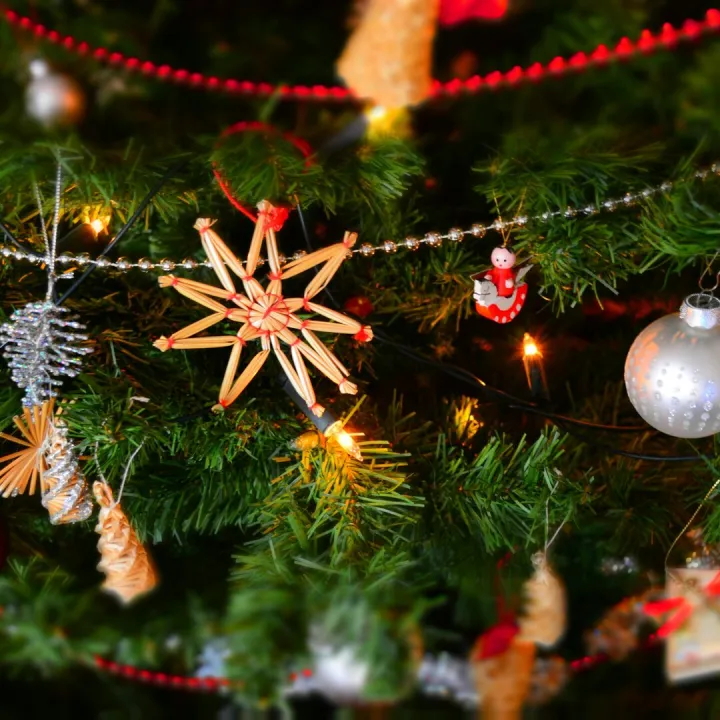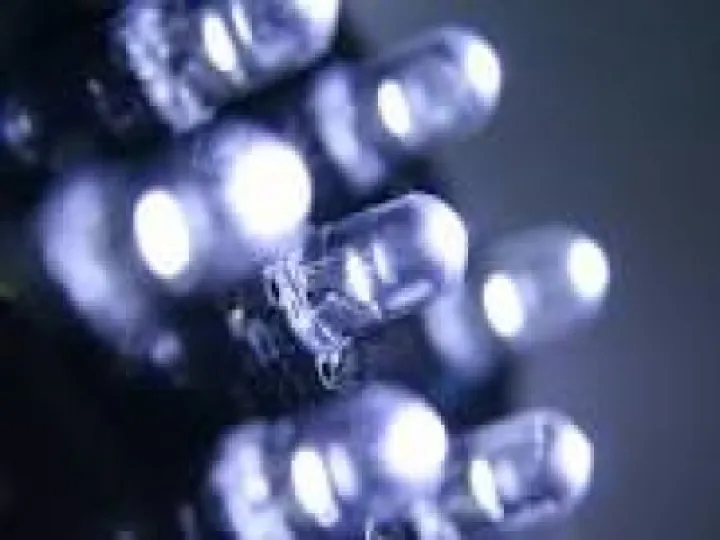Are L.E.Ds the answer?
Massive Energy Savings – Change Halogens and Filaments to L.E.D
LED's offer the best energy efficiency of any widely available lighting. L.E.D. (Light Emitting Diodes) have been around for years, but are now available in most types of bulb fittings – Bayonet, screw & Halogen fittings and many others. Directional lighting and accurate beam angle means less wasted light and light pollution.
[Why Change my light fittings?
]
- Super Low Power Consumption & Efficiency -50W Halogen = 5 w LED, 60W Filament =7W LED. 80% energy efficiency i.e. 80% of power used is converted to light. The LED Hut found that a typical 3 bedroom home could save £300 pa by changing from Halogen / Incandescent bulbs to LED
- Widely Available - Internet Suppliers & DIY stores sell common light fittings. Other fittings and dimmable LED's are available (Up-lighters, & even Cooker hood lights can be replaced by LED's).
- Stylish designs and variable colours- LED standard bulbs come in clear, and frosted glass.- There are traditional bulb and candle shape designs as well as funky modern styles- 2 Main colours are available, a daylight mimicking Cool White and a cosier Warm White.
- Long Lasting - LED's last longer as they do not generate as much heat or vibration and are robustly manufactured. Typical expected life span is around 25 years or 20,000 hours.
[Let's do the sums to see the payback!
]
Kitchens, & rooms with recessed lighting or spot lights, are often fitted with compact, bright Halogen lamps. Sadly, they're super hot, don't last long and typically consume 50 Watts. Considering that the average kitchen is lit for 400 hours a year and has around 6 bulbs – That's 300W or 120KwH p.a!
We could replace the 6 x 50 watt Halogens by 6 x 7 watt LED's Halogen
6 halogen bulb consumption : 300 watts.
6 L.E.D. bulb consumption: 42 watts.
Power consumption saving= 258W x 400 hrs = 103KwH
Cost Saving £14 p.a.
Cost of LED bulbs: £8.00 each i.e. £48 for the whole kitchen
That's a 3.5 year payback. Better than buying Solar panels!
[Safety and Environmental impact
]
LED lights contain no mercury], as opposed to the more recently available compact fluorescent bulbs, making them easier to dispose of when that eventually is required.
Recent reports suggested LEDs may contain hazardous substances, so should you avoid them? A University of California research team found low levels of potentially hazardous substances (mainly lead) in some Christmas light strands. LED bulbs may contain low levels of the substances, but they are very durable, cool, don't vibrate and are unlikely to break (breakage is the only way that the chemicals would be released in a domestic setting). The environmental impact of chemicals contained in LED's is more than offset by the energy efficiency. The electricity saved by using LED's eliminates far more toxic pollution from power plants than is contained inside a bulb.
Carbon dioxide saving: 52 kg per annum in the case of our kitchen lighting example.
Overall, you can feel good about making the switch to LED. Just dispose of them properly when they reach the end of their life. With electricity prices rising all the time, it seems the sensible choice!
(Ed's note: Fiona Miles is Secretary of Tarvin Environment Group and volunteers at Tarvin Woodlands.)
Quick Links
Get In Touch
TarvinOnline is powered by our active community.
Please send us your news and views.







